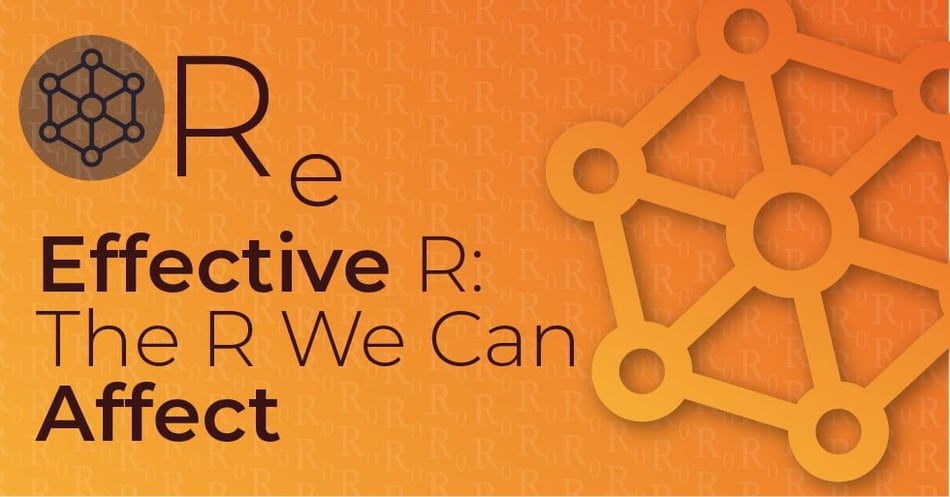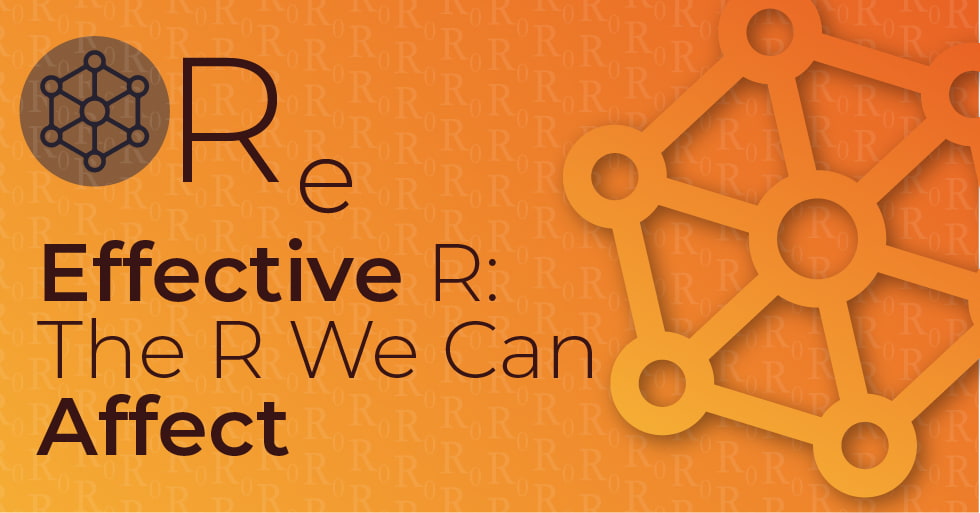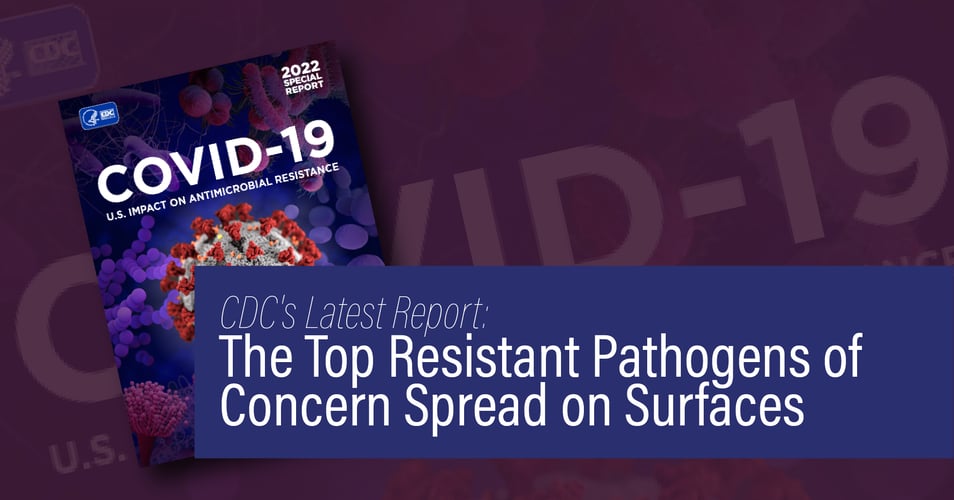Effective R: The R We Can Affect

 In population science, R stands for how much a population is reproducing. If R is greater than 1, it's growing. If it is 1, it's stable. If it's below 1, it will eventually die out. This applies to populations of people and other living things but it is also a useful model in epidemiology, to track the spread of a disease. The basic reproductive number R0, or "r-naught", for an infectious disease is an average of how many people one infected individual can infect over the course of the disease. But thanks to human interventions, the reproduction of a disease is not set in stone. There is a reproductive number that demonstrates what we, the population, can do to bring that R0 down. This is the effective R, or Re, the number of people who can be infected at one time, in a given situation. In today's post, we'll look closer at this value and what it tells us as we enter the second wave of COVID-19.
In population science, R stands for how much a population is reproducing. If R is greater than 1, it's growing. If it is 1, it's stable. If it's below 1, it will eventually die out. This applies to populations of people and other living things but it is also a useful model in epidemiology, to track the spread of a disease. The basic reproductive number R0, or "r-naught", for an infectious disease is an average of how many people one infected individual can infect over the course of the disease. But thanks to human interventions, the reproduction of a disease is not set in stone. There is a reproductive number that demonstrates what we, the population, can do to bring that R0 down. This is the effective R, or Re, the number of people who can be infected at one time, in a given situation. In today's post, we'll look closer at this value and what it tells us as we enter the second wave of COVID-19.
First, let's look at R0 and its limitations. This reproductive number assumes everyone exposed is susceptible, without considering vaccines or immunity. If you are looking at a measles outbreak in an under-vaccinated population, for example, the R0 is 12-18: 1 person can infect 12-18 people. With COVID-19, we were all susceptible at first because it was a novel coronavirus, and no one had previous exposure and immunity. R0 for COVID-19 is estimated at 1.4 - 4. But as with any infectious disease, the R0 is just a starting point. How efficiently the disease actually spreads, the Re, is a far more revealing number.
Re can vary tremendously by population based on location and living conditions. Any disease, even highly-contagious measles, is going to have a low Re in a population that seldom interacts, such as a farming community with houses separated by miles and miles. In contrast, a high-density community will have an Re that is even higher than the R0, because the population interacts far more frequently and intensely - and it would be even higher if that population was under-vaccinated.
The population's behavior can also impact Re. You can see the impacts in countries hit by COVID-19 who went into lockdown versus those that did not. The R0 doesn't change - the disease remains as biologically infectious as always - but the peoples' density and behavior can either encourage or discourage the virus from spreading. Countries that used swift social distancing and mask wearing mandates saw their Re drop dramatically - any infected person had a severely reduced opportunity to infect someone else. Communities that did not - and this can even vary by country, state, city, and neighborhood - saw their Re go up. Superspreader events such as concerts, rallies, parties, and other large-group events push the Re even higher.
Re is a powerful number, allowing public health officials to measure how their communities are being affected by an infectious disease. But is is also a powerful indicator of just how much control we, the population, can have on the spread of disease. We cannot change the R0, but we can change the Re, and until we all have access to a vaccine, this is the way we can reduce harm within our populations.
![EOScu Logo - Dark - Outlined [07182023]-01](https://blog.eoscu.com/hubfs/Eoscu_June2024/Images/EOScu%20Logo%20-%20Dark%20-%20Outlined%20%5B07182023%5D-01.svg)




